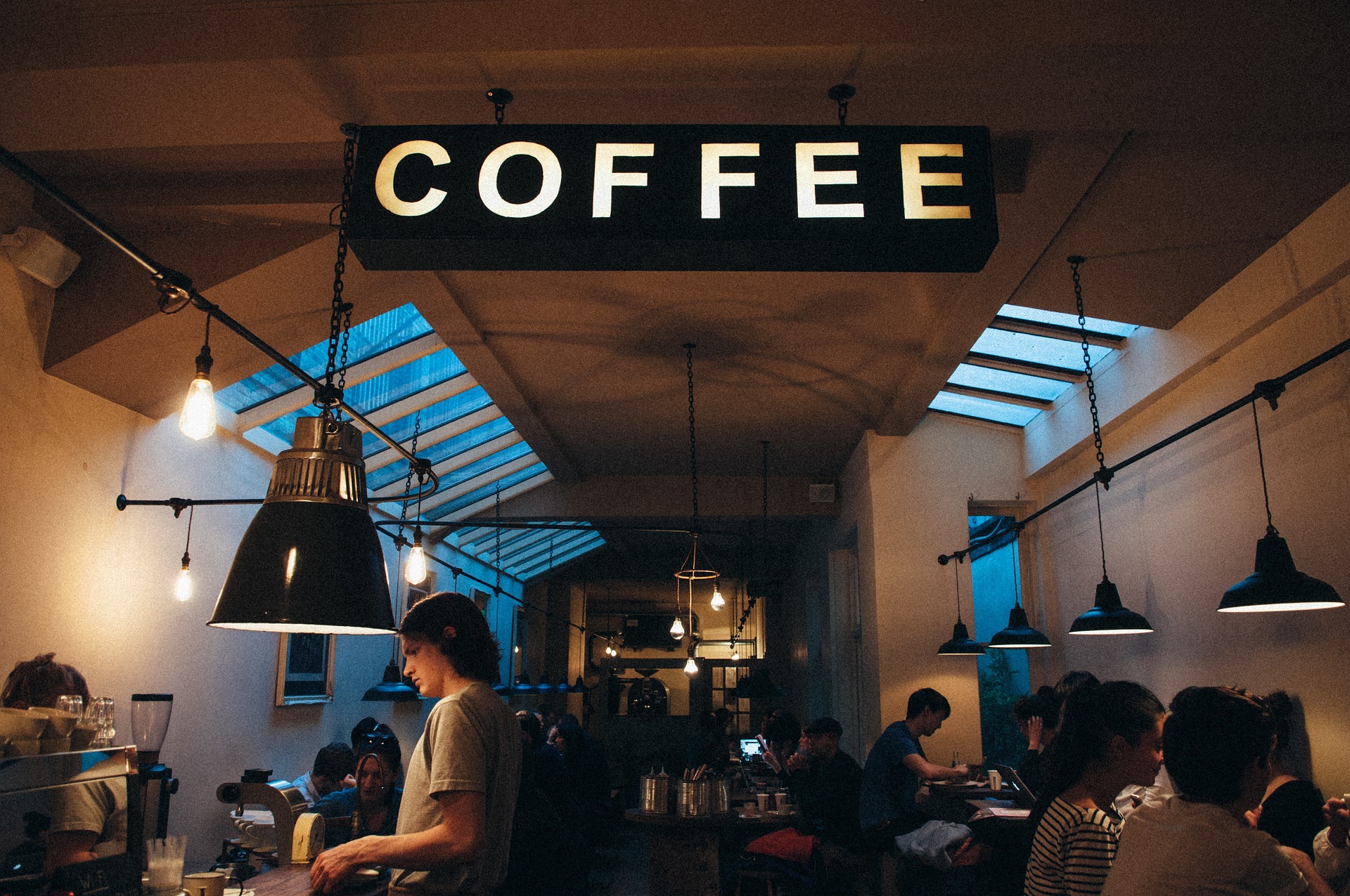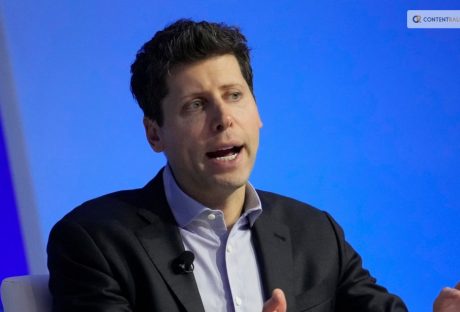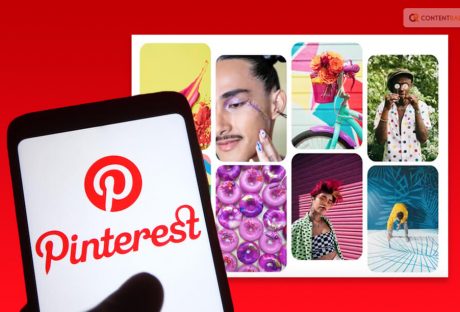Coffee is one of the most popular drinks in the US. About 64% of Americans drink at least a cup of coffee every single day. While some make their own coffee thanks to companies like APFKG making it possible to brew fresh coffee at home.
However, many even turn to coffee shops. There are over 31,000 coffee shops in the country, some even serving 24/7.
Let’s have a look at the 10 best coffee places in the USA:
1. Slate Coffee Bar:
Slate Coffee Bar, situated in Seattle is like no other.
It has a unique feel of its own with a comfortable environment. It began as a simple coffee business in a trailer and is now a great coffee place with professional staff.
They do it differently by serving their beverages in glass cups and wine glasses. Their specialty is the deconstructed latte served in 3 different wine glasses, containing, espresso, milk and a mixture of both.
2. Seattle’s Best Coffee:
Another coffee house in Seattle, Seattle’s Best is also among the best coffee places in the USA. Its signature blends are famous among many.
Its classic black coffee is very famous and is sold all across the US in Subway, Burger King and a few other places.
This coffee place continues to grow rapidly and has become quite popular.
3. Starbucks:
With a large number of coffee shops around the globe, Starbucks tops most lists of best coffee places in the world.
Starbucks is the go-to place for many Americans thanks to the exciting menu it offers. With an aromatic environment, Starbucks welcomes a lot of customers for the best taste of their coffee in around 65 countries of the world.
While it may be a little expensive, its wide range of products satisfies one and all.
4. Dunkin’ Donuts:
For all the coffee lovers out there Dunkin Donuts is the dream location for the world’s best coffee.
As the name suggests, it’s actually a donut house that has irresistible coffee that has tantalized many taste buds around the world.
Its sandwiches, pastries, and mini pizzas are a must try. Widely spread across the USA, this place is quite famous among all Americans including littles tots.
5. Coffee of Dunn Bros:
Another coffee place with a large number of branches spread all around the US is Dunn Bros Coffee. Known for its environmentally conscious policies, it’s among the best coffee places in the US.
It offers a reduction of 25 cents for all its customers who have their coffee in reusable mugs. Infinite Black is its specialty and is prepared by steeping freshly roasted beans in chilled water for about 24 hours.
6. Caribou Coffee:
Caribou Coffee has the belief that a perfect cup of coffee can only be brewed by the bean. Its coffee and espresso are brewed to perfection and are 100% Rainforest Alliance Certified.
Their menu is simple yet loaded with variety. Its Ginger Chai Latte is among the best. They also have coolers that are loved by many Americans.
7. Dutch Bros Coffee:
Dutch Bros Coffee is abundantly consumed by thousands of Americans. Though it started off as just a simple pushcart serving espresso, it is now located in over 200 places nationally.
It is known not only for the great environment and taste but for excellent service as well. Its specialty is Annihilator, known for its the hazelnut flavor.
8. The Tea Leaf and Coffee Bean:
The place that serves not only coffee but tea as well, The Coffee Bean & Tea Leaf is widely known for its quintessential beverages and services.
It is quite famous for its pumpkin spice blend, Italian espresso capsules, French vanilla powder mix, and Cafe 63 Roast K-Cups.
With very fewer options for food, this place is still heavily visited for its delicious coffee, tea, and espresso. It is among the oldest coffee places with over 1,000 locations across the USA.
9. Four Barrel Coffee:
With 3 locations in San Francisco, Four Barrel Coffee roast their own beans to create the perfect blends.
It’s an unplugged coffee shop with no WiFi or power ports for laptops. With a fantastic ambiance and familiar locations, Four Barrel easily hits the list of top coffee places in America.
10. Intelligentsia Coffee:
Intelligentsia Coffee was founded in 1995 and has 11 locations in LA, New York, and Chicago.
Their staff works day in and day out to create the perfect new blends for their customers. This cafe has die-hard fans and a huge number of consumers.
Visit these places and decide your personal favorite today.
Read Also:






















